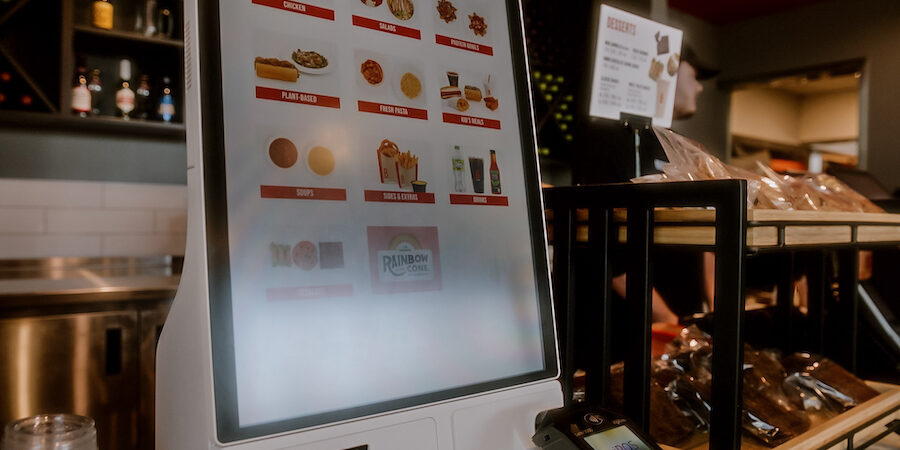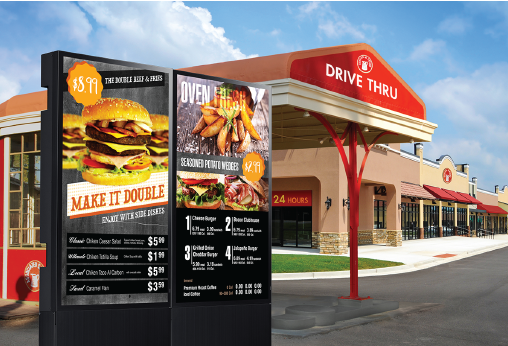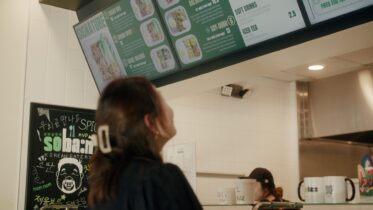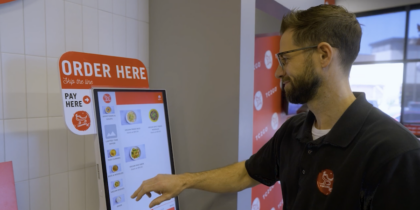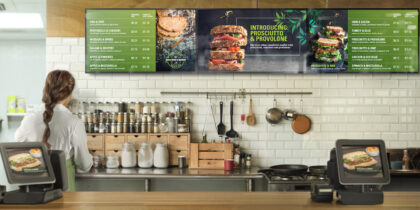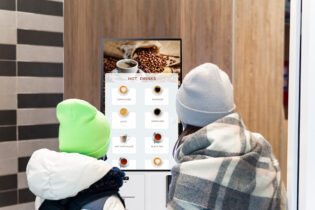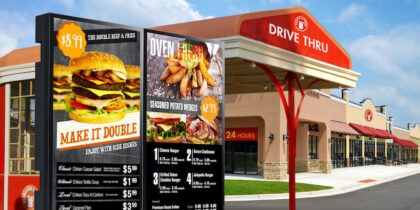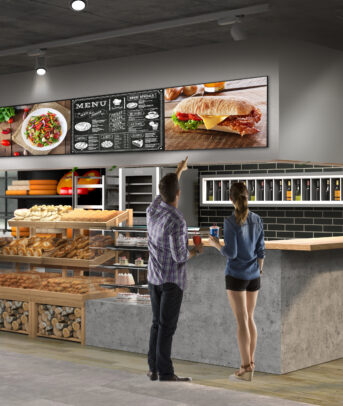Forward-thinking restaurants have learned through experience that self-ordering kiosks pay more than they cost — creating a significant return on investment (ROI). That’s because self-ordering kiosks bring restaurants multiple business benefits. Not only do kiosks meet changing consumer preferences for self-service and enhance the customer experience, but they also streamline operations, reduce labor costs, and boost sales and profitability. Here’s how kiosks can help save companies money and increase sales.
Satisfy customer preferences
Customers love self-service, and it’s becoming increasingly urgent for businesses to adapt and meet this growing preference. More than 4 in 5 Americans said they prefer using self-service kiosks, and 66% said they would choose one over a manned checkout, according to a 2023 PlayUSA survey. Another 14% admitted they would wait for a self-service kiosk even if a staffed checkout had no line. The reasons varied, with 71% saying it’s because manual checkouts take longer and 60% saying it’s because they don’t have to talk to people. Kiosks are great for introverts, too, as 61% said the technology reduced their anxiety.
Modernize your quick service restaurant with displays
Explore how digital signage is improving customer experiences and motivating QSR employees. Download Now
The popularity spans most age groups, especially among younger generations. In the same survey, 84% of Gen Z and 76% of millennials said they prefer using tech-based checkouts, as did 57% of Gen X. Only baby boomers preferred the personal touch of a human checkout. Kiosks also support a better customer experience for a wider customer base. For example, they can be programmed in several languages, better serving those who may feel more comfortable ordering in their native language. Customers also respond well to the improved accuracy provided by kiosks, reducing mistakes and ensuring customers get exactly what they want.
Reduce labor costs
Self-service kiosks make good financial sense, too. Employees have become increasingly difficult to attract and retain, especially in the restaurant business, but kiosks can help address the problem. While restaurants are hiring — the industry workforce is forecast to grow by 200,000 jobs for a total of 15.7 million by the end of 2024 — 45% of operators need more employees to meet customer demand, the National Restaurant Association’s 2024 State of the Restaurant Industry report noted.
Here’s where the self-service kiosk can play a critical labor-saving role, closing the gap between supply and demand — or rather, customer needs and available staff. With the kiosk handling many of the transactions, your employees can focus on more pressing needs that require a human touch. They can also be trained to handle new tasks. That translates into savings, too. For example, by deploying kiosks, a three-location ramen restaurant was able to eliminate a position at each location and cut labor costs by $1,050 per week, and a burger restaurant saved $499 per week, highlighted a white paper by Nanonation.
Increase profitability
Self-service kiosks not only enhance the bottom line through savings on labor costs, but they also boost sales for restaurants. This starts with the upsell, which human employees may or may not apply depending on various factors. Kiosks, on the other hand, always do, and that’s paying off. A new study found that customers tend to spend more when using in-store kiosks, as kiosks present options in a way that makes it easier for consumers to enjoy and indulge. At one taqueria, the white paper highlights, 8.2% of customers added a suggested item to their basket, increasing the average ticket price by $6.73. At the ramen restaurant, 12.7% of customers added suggested items, making their baskets worth 30.6% more than a standard basket.
The improved customer service the kiosks provide plays into this. Customers can browse and select items in their own time with no need for sales assistants — and at the mere press of a button. The kiosks may also upsell combinations and add-ons that customers or clerks might not think of at the time of ordering, and if kiosks retain customer data, they can adjust how and what they upsell according to the statistical insights. Kiosks can also promote seasonal menus and specials, and restaurant operators can make menu changes based on the time of day and item availability.
Return your investment
Self-service kiosks, such as Samsung Kiosk, pay for themselves in a relatively short time. Restaurants that implement self-serve kiosks can win tangible financial benefits, including the return visits of customers impressed by the service and user experience. This proves that self-service kiosks are not a cost to business but a means to success.
Discover the full range of Samsung self-service kiosks and what they can do for your business. Also, learn more about how kiosks can help SMBs overcome labor challenges.
